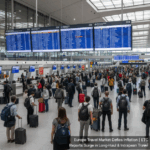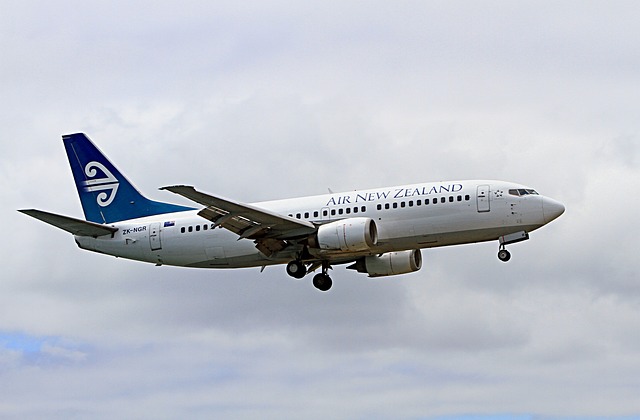Alex Marren, the chief operating officer of Air New Zealand, reports that the carrier transported just 1.1 million passengers over the same time last year, a strong indicator that travel is on the rise.
“Over recent weeks, we’ve seen a strong increase in bookings, and over the summer, we’ll be operating at pre-Covid levels. We know how important it is to get our customers to where they need to be safe, so we’ve strengthened our operations to ensure customers enjoy a seamless airport and inflight experience.”
Air New Zealand has employed about 1,950 operational staff during the last ten months, including around 1,200 cabin crew, 250 pilots, 400 airport employees, and 30 engineers. By February 2023, the airline will have employed 700 more employees.
“Over the summer peak, we’re also adding a pool of casual employees across our airports to help customers on our busiest days. Where possible, we’re offering our part-time employees a full-time role. We’re back to more robust performance compared to our winter months when we experienced high levels of Covid. In preparation for summer, we’ve added some additional flexibility around our flight schedule and increased crew standby levels.”
Air New Zealand is welcoming two new domestic A321neos into the fleet adding 50 additional seats per flight, bringing in charter airline Wamos Air to operate daily return Auckland – Perth services, and continuing to bring back Boeing 777s from long-term storage.
During these holidays, they will provide a unique Kia Ora Kids for children to keep them amused. The 36-page interactive magazine includes a trip log, Aotearoa’s natural beauties, and local fauna, puzzles, and renowned New Zealand sites. They will have much to occupy their time! Air New Zealand is preparing for a busy few weeks, as roughly 3 million passengers are expected to fly on its network this summer.
















More Stories
Turkish Airlines and Marriott Hotels Crowned 2025’s Top Travel Brands by Global Traveler
Jetstar Launches First-Ever Direct Flight from Hamilton to Christchurch with Affordable Fares
Global Airport Leaders Gather in Busan as Airports Innovate 2025 Sets the Pace for Aviation’s Next Era